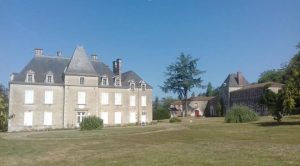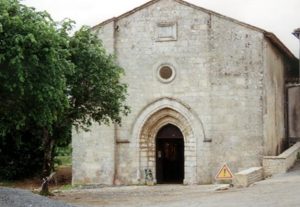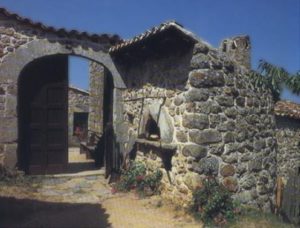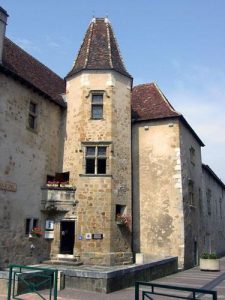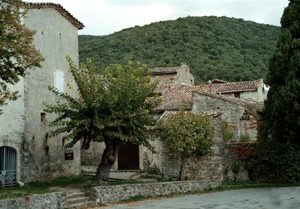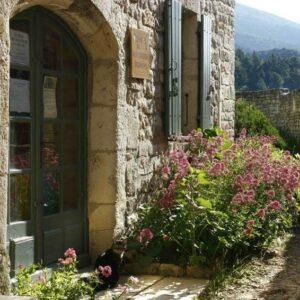The former protestant home became a museum
In 1945 Mme. Bage bequeathed the entire estate, in memory of her son, to the Société d’histoire du protestantisme français (SHPF) – it was the “Philippe Bage Foundation”.
Two rooms tell the story of four centuries of Protestantism, which came to the West of France at an early date (Calvin was in Poitiers in 1534). Protestant leaders such as Condé had a great influence during the religious wars, then when the edict of Nantes was signed, protestant strongholds were built in Niort and Fontenay. You can find information about the siege of La Rochelle by Richelieu and also the terrible “dragonnades” before the Revocation which forced more than 100,000 protestants into exile. On the other hand, some protestants remained in France, maintaining their allegiance to the Reformation and reorganizing the Church before the Edict of Tolerance (1787) and the Concordat agreement in 1802 gave them back their civic and religious rights. In the part of the exhibition dedicated to XIXth century, you can see how local protestant communities were gradually integrated into French society.
History is told through visual documents (e.g. a map of La Rochelle before the siege), photographs and maps which have been very carefully made by the museum’s first curator, a scholarly man called pastor Paul Romane. As well as these, you can find :
- books : Bibles, Psalters dating back to the XVIth century, works of theological controversy, books by the professors of the well-known Académie de Saumur ;
- manuscripts : official acts signed in the “Désert” and registers of the consistories, such as the ordination of pasteur Poignard in 1760 ;
- Objects such as a travelling pulpit and a communion chalice from the “Désert”, counters from La Rochelle, “mereaux” and moulds for mereaux, objects used in domestic life in the château or during the long ministry of pasteur Germain, who re-organized the Church at the time of the Revival in the XIXth century.
In an adjacent room, an audio-visual show retraces the difficult years between 1685 and 1688 through the life of Jean Migault, a primary school teacher – it is based on his Journal.
The entrance hall and the first floor landing have been rebuilt to welcome visitors – here, you can find several works of interest to protestants, including a complete series of the SHPF bulletins. It is also possible to consult Pasteur Rivière’s enormous collection of books on the protestants of Poitou.
You will find a large car-park and a shady picnic area to welcome you on your visit.
French Protestant Museum of the West of France
Château du Bois-Tiffrais
Le Bois-Tiffrais
F-85110 Monsireigne
Tel. +33 (0)2 51 66 41 03
Contact : bois-tiffrais@live.fr
The French Protestant Museum of the West of France
Château du Bois-Tiffrais - 85110 Monsireigne

